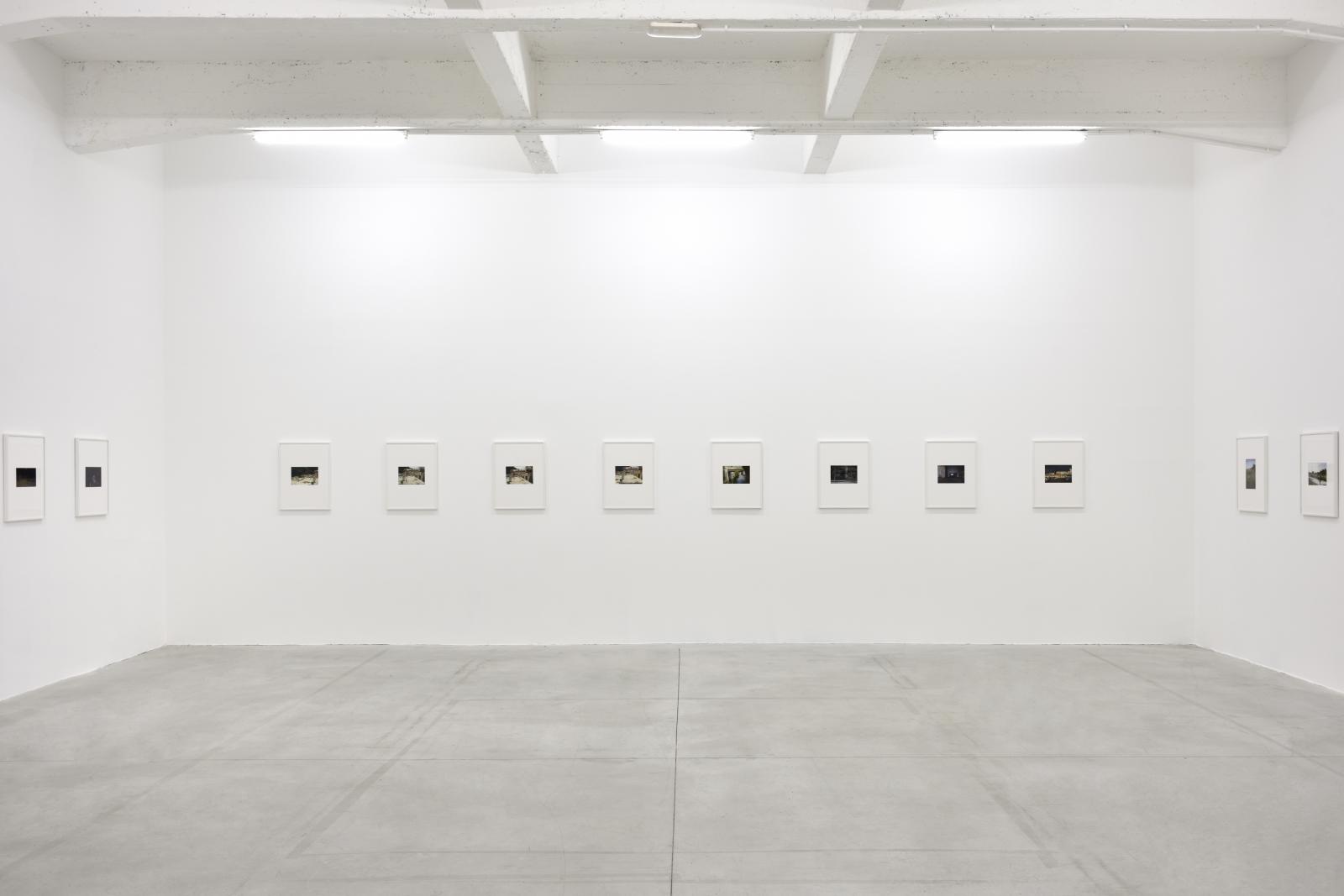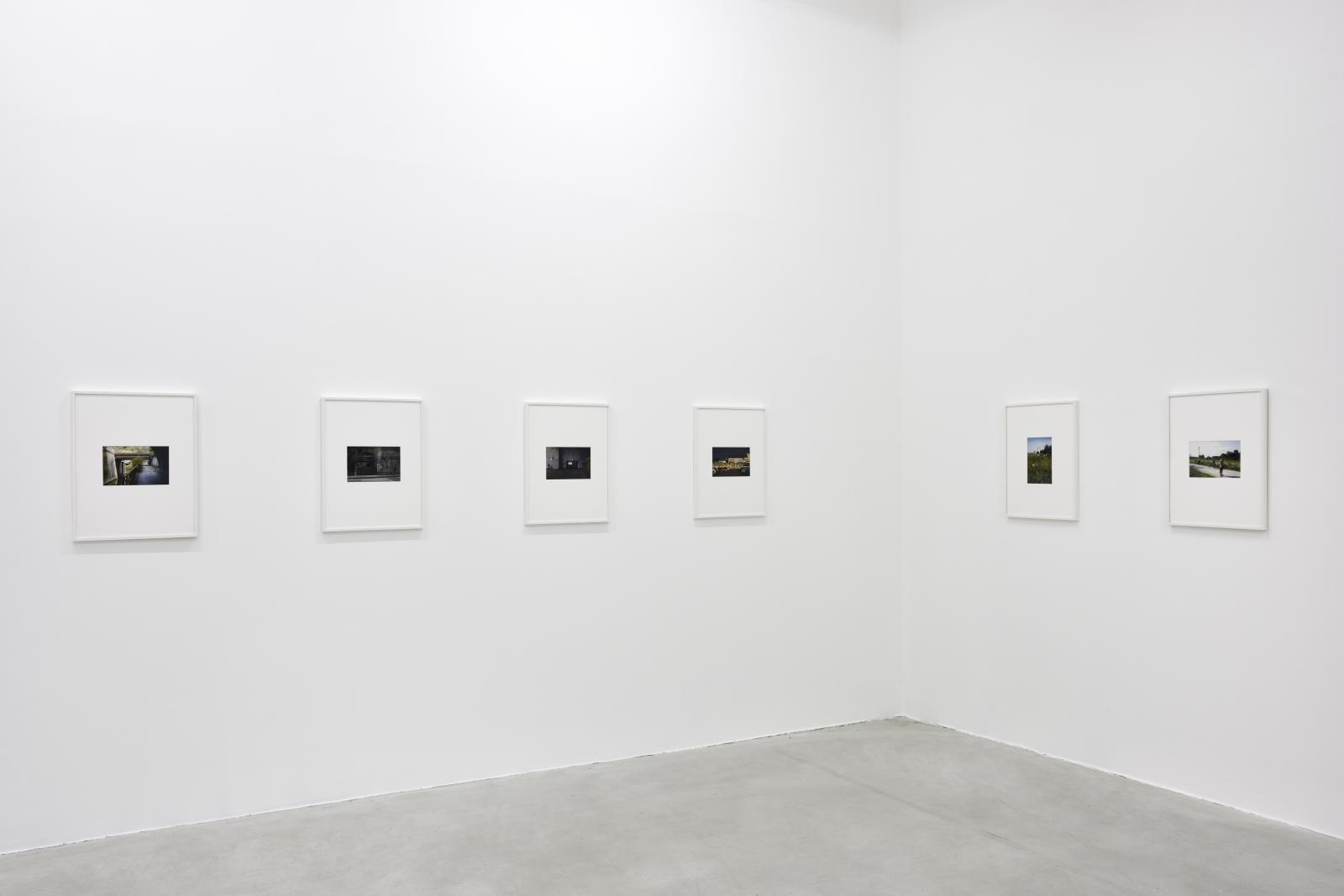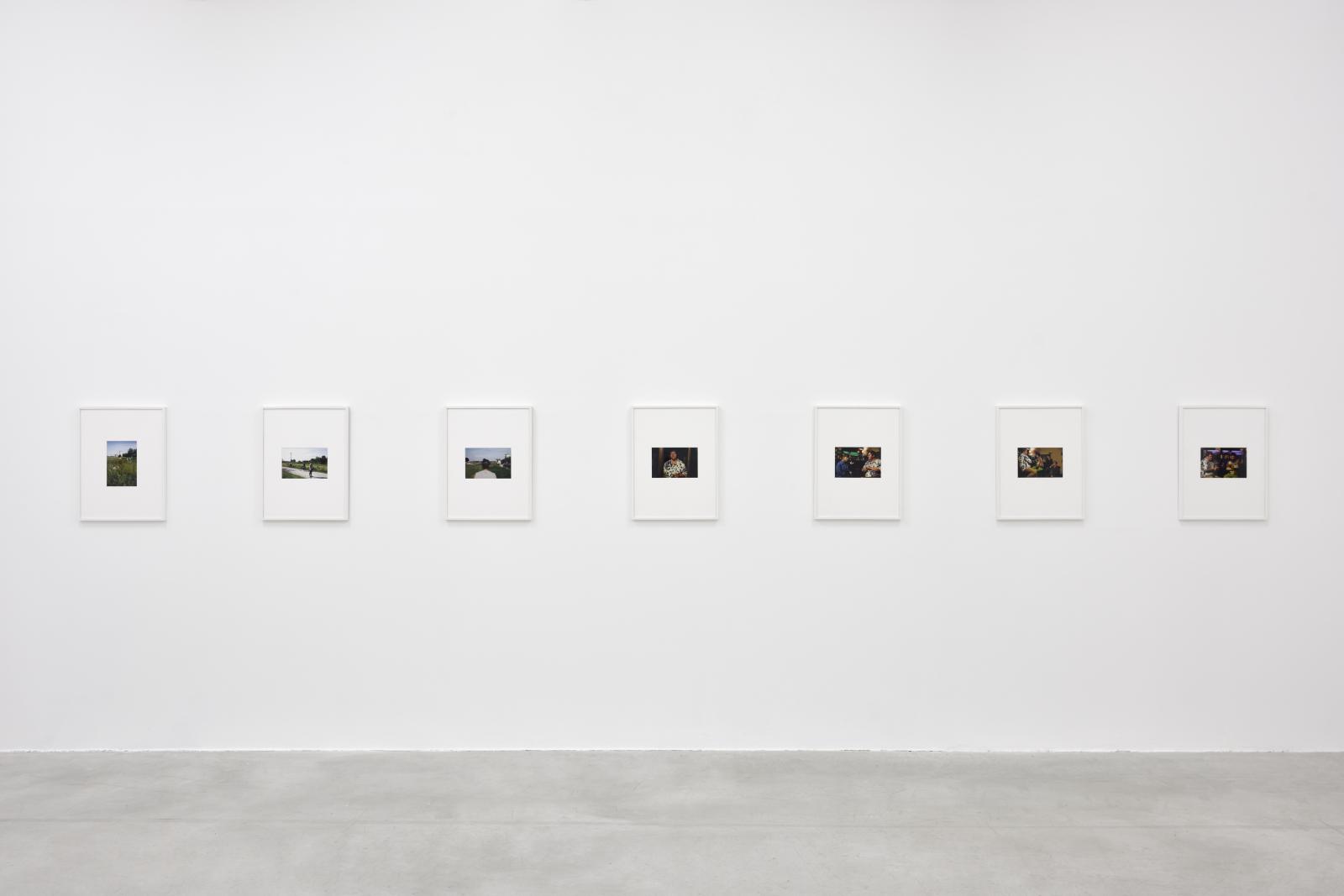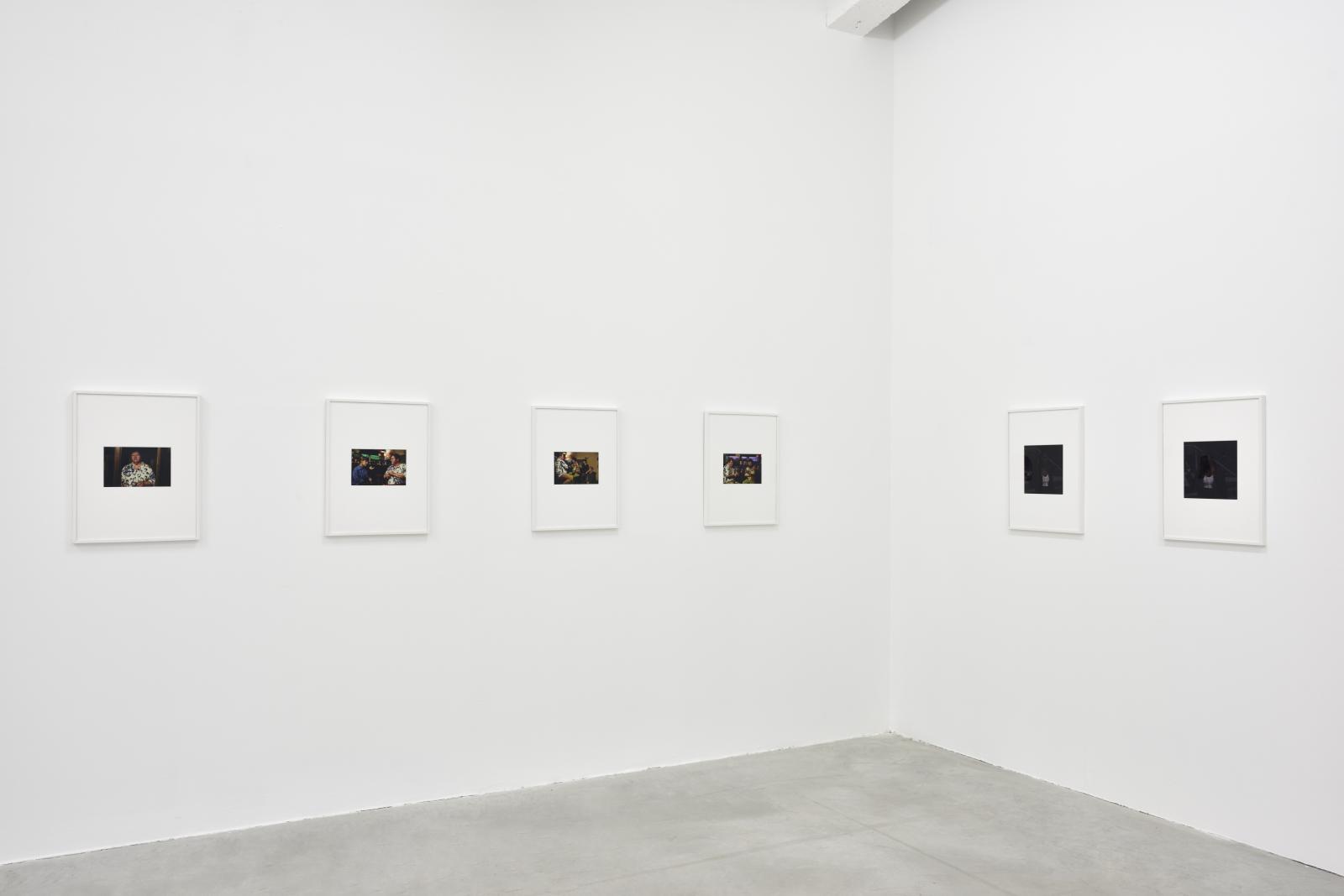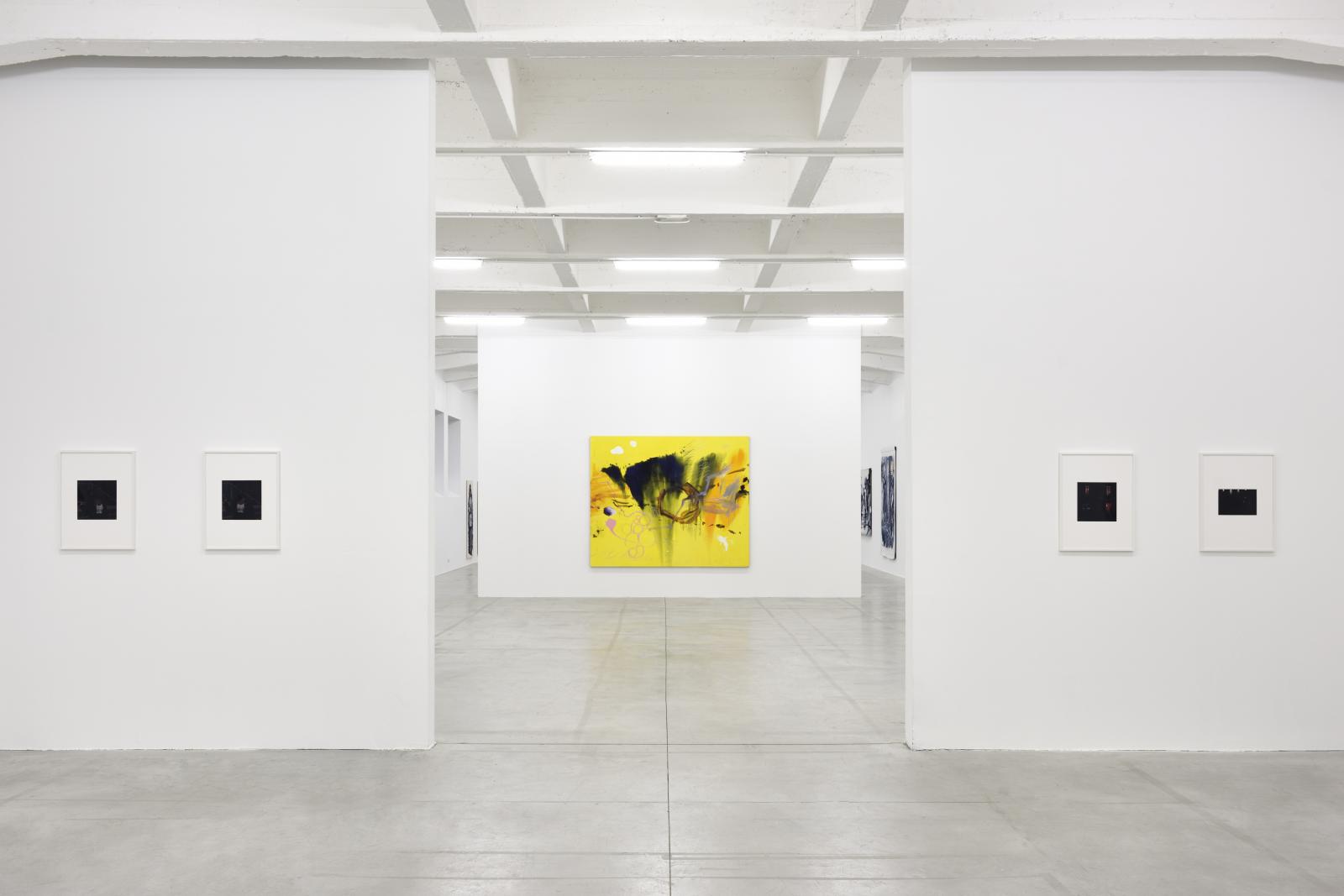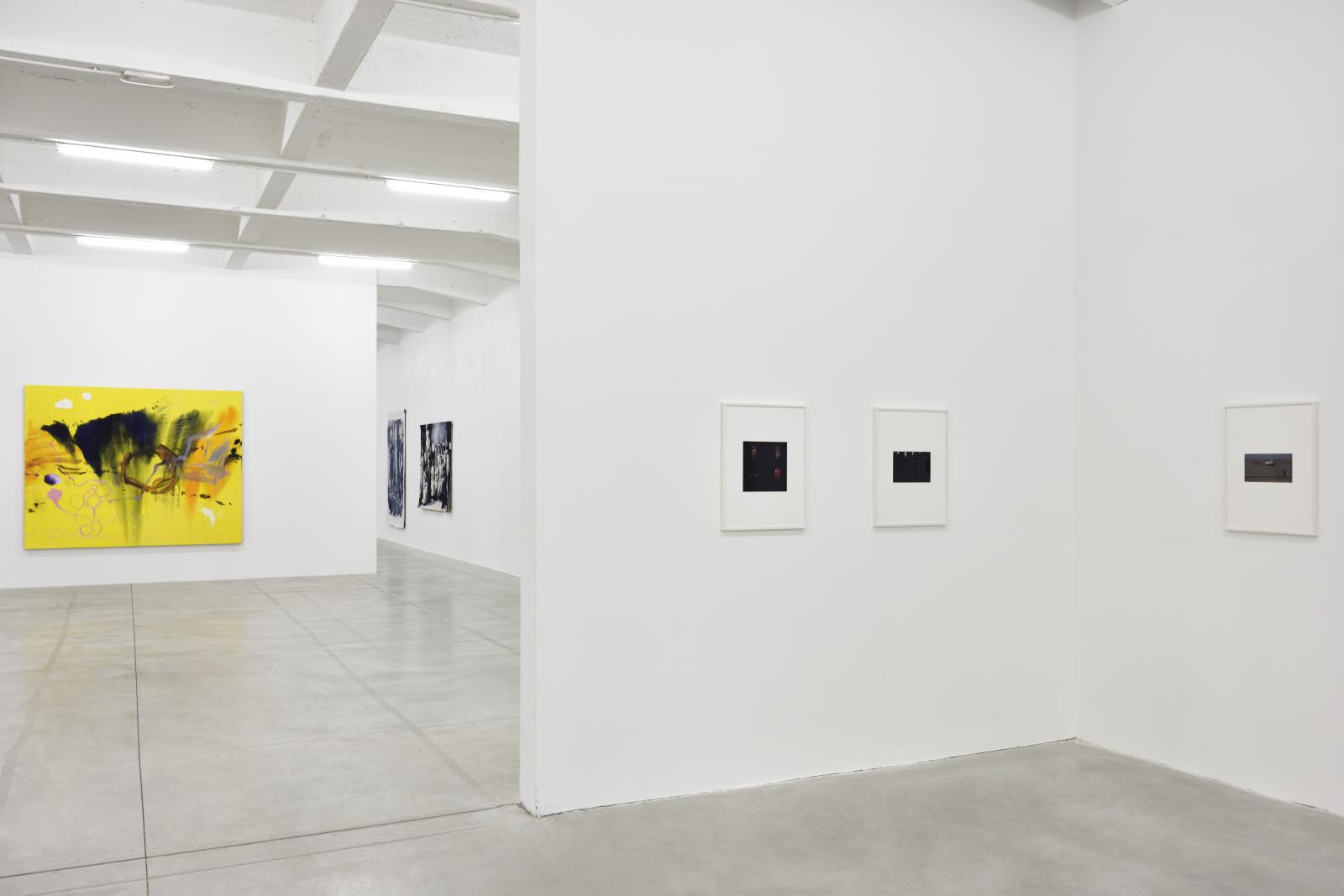Alain Guiraudie
L'Almanach 23 : Alain Guiraudie
Born in 1964 (Villefranche-de-Rouergue, France). Lives and works in Albi, France.
Acknowledgements: Crèvecœur gallery, Paris.
Alain Guiraudie makes films, writes novels and takes photographs. Not at a uniform pace, though, nor with the same artistic economy. Making use of diverse strategies and formats, he transfers compositional elements from one mode of artistic expression to another. Where a film ends, a story sometimes begins, and when words fail, photography picks up the slack.
No matter what medium he’s working with, Guiraudie’s thematic concerns remain the same—the history of desire, on one hand, and, on the other, utopia political, sexual and aesthetic. Guiraudie is forever inventing new ways of seeing bodies and landscapes traditionally excluded from grand narratives. Peripheral worlds—sites of apparent deprivation, dispeoplement or disappearance—are transfigured in Guiruidie’s work, made rich and strange and filled with light and life.
From the very outset, Guiraudie’s work has maintained a unique, mysterious pact with its viewers—one that enables them to journey alongside invisible, undesirable Others, migrating from the peri-urban to the natural, from car parks to beaches, from Hamburg to Clermont-Ferrand.
Guiraudie’s photographs have no subject, let alone a programme. They elude all attempts at sociological or “activist” interpretation. Their purpose isn’t to depict ordinary people in extraordinary situations, or even the opposite. Doing so would mean reinforcing class relations and divisions—in other words, perpetuating the very structural violence that Guiraudie’s work seeks to resist. Giraudie is all too aware of the pitfalls of explicit social documentary and the risks involved in “folklorizing” difference.
Delving into obscure, murky territory, these images invoke the anarchy of reality and dream, of fantasy and legend, and do so with a mix of darkness, joy and humour.
The photographs chosen for the Consortium Museum exhibition were taken in various locales and at different junctures since 2018. No linear narrative is to be found here. The photos add up to a kind of free-form “score”: nothing systematic, but with occasional attempts at creating serial arrangements. Repeated motifs co-exist alongside standalone elements.
These photographs exist in and of themselves, beyond Giraudie’s cinematic practice, emancipated as they are from the constraints of production, editing and narrative. They offer a different perspective on the human and formal aspects of Guiraudie’s cinema, with different modes of intensity: the patient search for forms in the darkness, the possibility of accident, the time it takes to bring a person into view. What the human eye can’t grasp, the camera captures uncomprehendingly, with the scrupulous indifference of a machine. For Guiraudie, creating isn’t about deforming or inventing people and things. It’s about forging new relationships between people and things already in existence. He’s always asking himself the same question: what’s the role of the imagination in mediating our perceptions of reality?
— Stéphanie Moisdon
